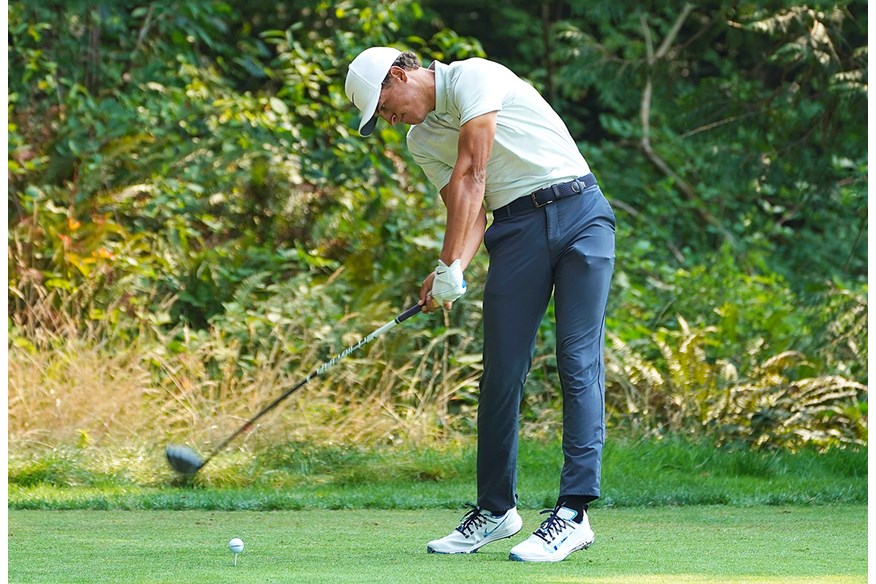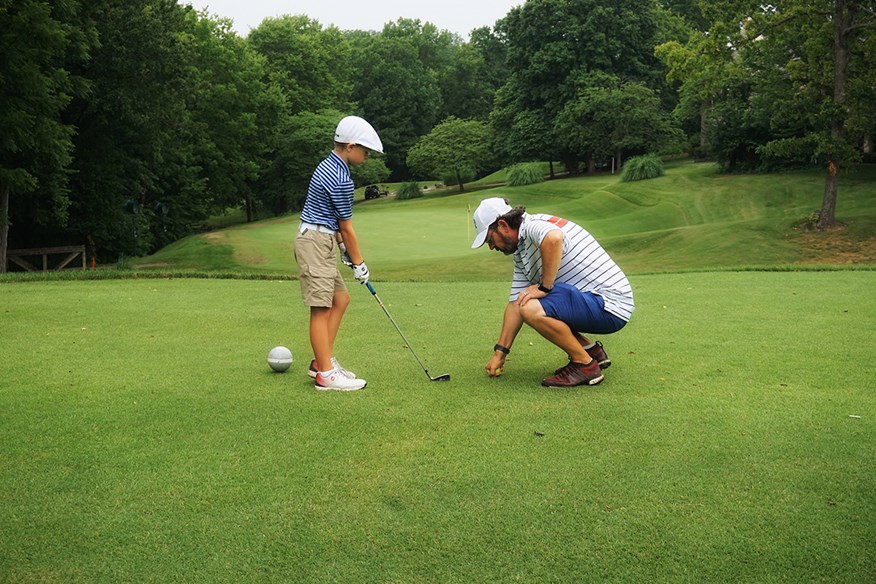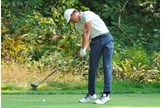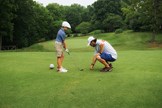Iona Stephen: Is a golf ball rollback what we need in the game right now?
Last updated:
In her exclusive monthly column, Iona Stephen examines the pros and cons of a proposed golf ball rollback, and suggests some alternative courses of action.
There has been many a hot debate in golf recently, often revolving around the LIV breakaway tour and more recently the merger of the PGA, DPWT and LIV. But let’s park that topic and focus on another conversation on the lips of golfers, both amateur and professional. The wee white beastie that makes it all possible in the first place, the ball. Why is everyone debating the future of the golf ball? Well perhaps that is the question we should first assess.
In the amateur game, golf’s health and vibrancy is at an all-time high, with global growth in both the men’s and women’s game apparent. It has been noted that the golfing world has a real opportunity now to try and keep new golfers within the game for many years to come. However, within the professional ranks, many are concerned that with growing athleticism and improvements to technology, golf courses are becoming redundant, and the game is not challenging enough. Why? Because the male pros hit the ball an astronomical distance and therefore something must be done to restrict the distance off the tee.
There is no doubt that golf is more ‘professional’ than ever before. Players meticulously assess every aspect of performance with fitness trainers, physios, nutritionists, chiropractors, launch monitors, biomechanics… the list goes on. But what do the stats say about driving distance on the PGA Tour? On average, since 2003, driving distance has increased 0.7 yards per year. Read that again if you’re a little surprised. Does that sound like more or less than you imagined? Certainly, it was a lot less than I expected.
In 2003, average driving distance was 285.9 yards and in 2022 it was 299.8 yards. Even more interestingly, perhaps, is that in 2003 Hank Kuehne led the average driving distance at 321 yards; in 2022 Cameron Champ led with the same distance off the tee. We can agree then the reason for the average increase cannot be pinpointed on one aspect of men’s professional golf but rather a combination of golf fitness regimes, optimized elite instruction and technology, golf course conditioning and agronomy, and equipment innovation.

So where do we go from here? One idea is that we change the golf ball for ‘elite players’ only in what has been termed ‘the golf ball rollback’. This would be the first equipment rollback in the game’s history. The change would exclude amateur golfers and therefore create a divide between the amateur and ‘elite’ levels of the game. Would professional men and women experience the same ball rollback? Given the average driving distance in 2023 on the LPGA tour is 260 yards it would appear this ‘elite’ category excludes them? There are many unknowns and grey areas yet to be clarified but in the meantime let’s look at other options for keeping a lid on the power and distance in the men’s professional game.
An obvious candidate for change surely must be the golf course itself. Golf course managers are masters of their craft and although Mother Nature must play her part, perhaps we could limit this average driving distance figure by increasing rough height and ‘green grabbing’ to tuck away challenging pins. If not that then perhaps the size of the driver head must be considered. After all, we’ve come a long way from the persimmon woods of the 80s and 90s. Arguably the hardest shot in golf, the drive, has now become the easiest with the size of club head and technology. Another idea on the table is the putter, specifically the long putter. Should the putter, in fact, be the shortest club in the bag and therefore eradicate long putters forever? If so, what impact would this have on scoring?

Some contributors to this conversation fear that historic courses, namely host to the majors, will simply not stand the test of time. In the last 20 years, majors have been contested at 38 different courses with an average score of 73.2, a change of less than a stroke (0.8) since 2003. The average age of these venues is 100+ years. Despite this, we do know the trend is on the up (albeit slower than I expected) and therefore we must consider the future of the game and protect it.
A rollback in golf ball feels to me like a step too far at this stage when there are perhaps a series of small changes we can make that will contribute to slowing this trend while we work out what is best to do. Perhaps in years to come, the size of the driver head should be reduced, or the length of the driver shaft, but for now it strikes me we can adapt in much the same way the professional golfers do themselves. Look for the tiny margins that add up to something greater.
If and when the time does come for a technical change in the game of golf, the next question is, should it be for the entire game or just ‘the elite’? Currently, amateur golfers tune in to the golf on TV and can directly compare their game to the world’s best, admire their skills and aspire to hit the very same shots in their Thursday medal. What impact would bifurcation of the game have on that relationship between fan and pro golfer?

Just recently at the Genesis Scottish Open, I watched young golfers, no more than 10 or 11 years of age, wait in the pouring rain at The Renaissance Club to be given a golden nugget from the players walking off the 18th green. What was this golden nugget you ask? A golf ball. The last thing I saw when I left Scotland, headed for The Open Championship, was this same group of young golf fans, running to the chipping green after all the golfers had left, throwing these balls on the ground, and doing their best ‘Bob Macintyre flop shot’ impression. Would it be sad if we lost this unification and connection in the game of golf? For now, I believe it would.
READ MORE FROM IONA STEPHEN
– Is it time for Rory to change caddie?
– Zach Johnson can’t ignore LIV players for Ryder Cup
– Tiger Woods will win again
Want to get the most from Today’s Golfer? Sign up for TG Membership!



